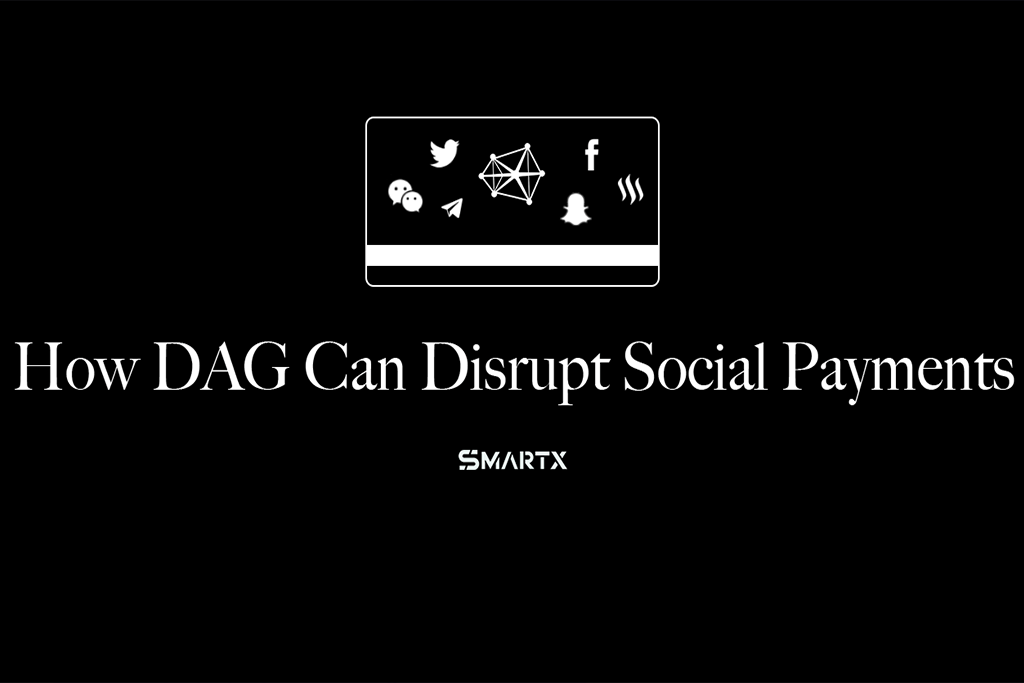
The digital landscape has altered the way in which communications and payments are made. Not all these changes have been for the better as consumers incur several costs at the benefit of large corporations.
The Problem with Traditional Social Media Platforms
It is indeed more convenient to catch up with friends or check out what’s happening around us after social media platforms such as Facebook and Twitter were invented. Platforms like these greatly increased the number of people we can connect with and hence make our society more interconnected.
We cheered for the convenience brought by these platforms and implicitly allowed the various tech companies to use our personal data in the trust that they will create common goods.
However, we were wrong. While the companies are being valued at billions due to our untiring contribution of time and data, nothing was given back to us users. Companies have also learned ways to turn our data against us by impacting our consumption or even political decisions.
However, that is still not the worst part – with all the profits they captured, our personal data are still at risk! The centralized system that they use to store our data is subjected to attacks and every successful attack will inevitably cast great costs on us.
It is obvious that traditional social media platforms are far from being ideal. Then, where can we find the ideal solution? SmartX might already have the answer.
What is SmartX?
As a Blockchain DAG project, SmartX is able to achieve high TPS and scalability without sacrificing security. It combines the advantages of both blockchain and DAG structures, which makes it stands out from the rest of the existing mainchain projects.
Traditional blockchain structure resembles a one-exit highway – every single car has to queue up at the exit, putting a limit on the speed and leading to congestion. Comparatively, SmartX resembles a highway with numerous tracks and exits, where every car can drive without limit.
On top of the promising TPS and scalability, SmartX is also ready to defend itself from any form of attacks by adopting a bunch of carefully-designed mechanisms. Security threats such as double-spending, Time Hijack and Sybil Attack, have no chance haunting the system.
Given high TPS, unlimited scalability and guaranteed security, SmartX is ready to support a new form of social media. It will also integrate payment gateways into the system to make the user experience flawless.
SmartX-based New Social Media System
It is possible for SmartX to construct a different incentive model for the users. Within this model, users are regarded as the contributors of the system and every single action such as chatting, posting and making comments can be rewarded.
In terms of data security, the decentralized system of SmartX will stay robust to defend from attacks. By removing the single point of failure, SmartX ensures that no malicious or corrupted single entity can jeopardize the whole system.
For developers, SmartX can be used to develop various DAPPs such as anonymous chatting and interactive entertainment for a low price.
SmartX and Payments
Payment channels will complete the social media ecosystem on SmartX. WeChat, a popular social media platform in China, has proven that the combination of the two can create great values.
In the blockchain world, there is no dominant player such as WeChat in China and this is where SmartX can lead the market. P2P payments empowered by SmartX will keep our transaction details confidential at all times.
SmartX = Facebook + Paypal
The combination of a social media platform and payment channel is an innovative solution to the problems that we have been facing. By being a decentralized system, SmartX is different from traditional internet companies. By promising high TPS and scalability without sacrificing security, SmartX stands out from the rest of the blockchain projects.
If we were to imagine the future of SmartX, it would be a combination of Facebook and Paypal, built on a decentralized network which maximizes the welfare of the common users such as you and me.
The post appeared first on CoinSpeaker






